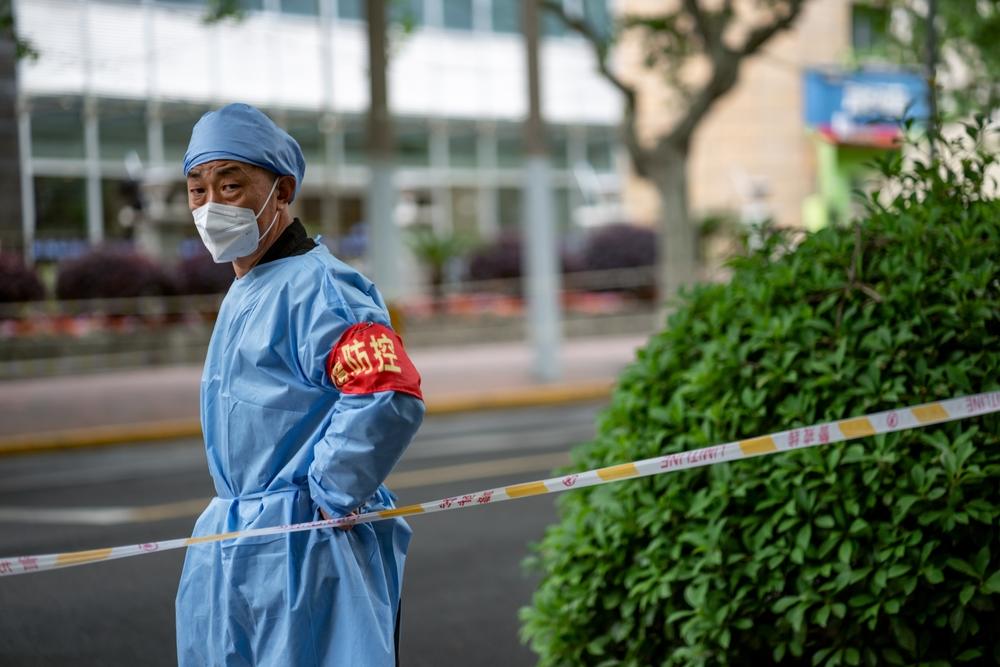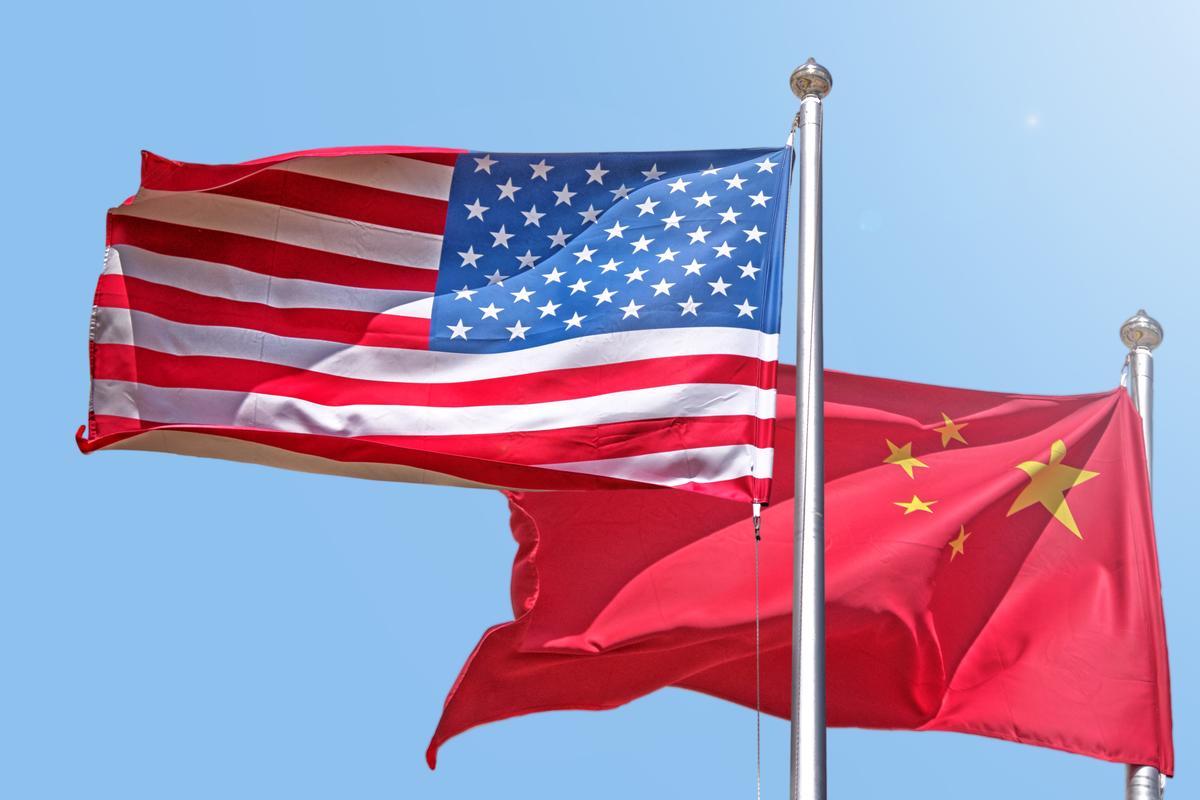Five Facts to Know: China Protests
Entering into a third year of zero-Covid with rising case numbers and additional lockdowns, the Chinese people’s patience is starting to wear thin. Over the past weeks, protests against China’s zero-Covid policy have spread across major cities throughout the country. Detailed and reliable information is hard to obtain given the lockdowns, tight security and limited reporting from China. But here are five things we do know about the protests in China:
1. It started in Xinjiang
Initial demonstrations were expressions of mourning for the 10 people who died in a tragic apartment building fire in Xinjiang’s capital, Urumqi, last Thursday night. But those expressions quickly turned into an outpouring of frustration toward Covid restrictions when the 10 deaths were linked to zero-Covid policies — policies that had locked down parts of Urumqi for over 100 days and resulted in barricades that allegedly restricted evacuation and fire truck access — claims the government denies. The government also became a target when, at a press conference Friday night, a local official blamed residents’ inability to “rescue themselves,” triggering further public backlash. A hashtag of the press conference (#乌鲁木齐1124火灾事故发布会#) had over 1.8 billion views on Weibo.
2. Demonstrations quickly spread around the country
Despite the government’s refined censorship tools (i.e., censoring mask-less World Cup audiences), information has spread rapidly across the country. By Sunday night, demonstrations had been held in numerous cities nationwide — credible reports ranged from 16 to 43 protests — including in Beijing, Shanghai, Nanjing, Wuhan, Chengdu and Guangzhou, and ranging from factory dormitories to China’s most prestigious universities. Chinese have also been creative in finding ways to have their videos and conversations circumvent the censors, including applying filters or posting videos of videos. While China deals with isolated protests every day, these types of protests span geography and the socioeconomic spectrum and have not been seen since the days of SARs or even, of course, the 1989 Tiananmen Square protests.
3. Protestors demands are not unified
The uniting theme is a common frustration with the lingering restrictions from zero-Covid, especially with the knowledge that the rest of the world is moving on. Some are demanding accountability for local officials who "over-implemented" Covid restrictions. Others want to abolish the zero-Covid policy altogether and return to normal life with a “live with Covid” approach. Some are calling for an end to online censorship. Others are demanding changes to China’s political system – though these voices are a minority. Events have struck a chord across broad swathes of society, as everyone is not only facing the same restrictions and prospects of additional lockdowns but also the economic impact of an isolated China.
4. China's reaction will be closely monitored
The world is watching for how this new leadership will handle growing protests. Will they allow a certain level of demonstration or will they move to further lockdown — even tinged with martial law? Already financial markets have dropped in reaction to the unrest. Governments, business and civil society are all watching closely as this will be a major test for the new leadership team and could have significant international ramifications.
5. Options are limited
The Chinese government’s narrative is that it has handled Covid better than the rest of the world, with low fatality rates and relatively small daily case counts — showing a willingness to suffer economic hardship in the short-term for protection of lives in the long-term. Amid recent unrest, its challenge is to address protesters’ concerns while preventing an overwhelmed health system and widespread deaths. Failure in either direction could undermine the leadership’s priorities of social stability and political security. Even now, it is in the process of building massive hospital facilities, rolling out an inhaled vaccine, and attempting to “optimize” its zero-Covid policy through its recently released “20 Measures,” which allows for reduced quarantine times, home quarantines, and narrowed contract tracing. And just yesterday Guangzhou and Chongqing announced that they are reducing the scope of lockdowns, allowing for home quarantine, and limiting large-scale PCR testing — a surprising relaxation of policies amid high case numbers.
This situation is fast evolving — yesterday’s passing of former President Jiang Zemin, for example — and there is much uncertainty. For now, businesses should closely monitor the situation and prepare for a range of outcomes.


